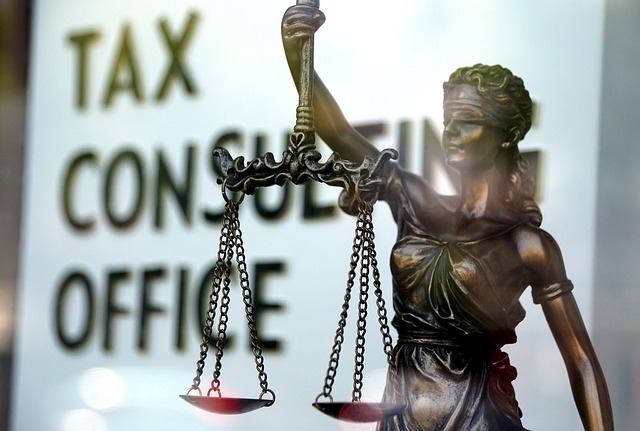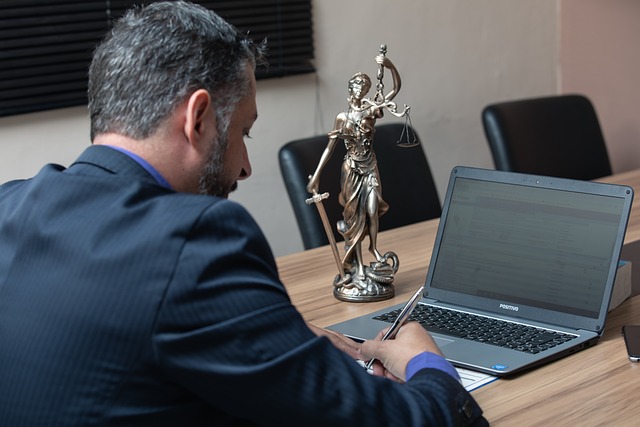Product Liability Wrongful Death: The Power of Expert Witnesses

Product liability wrongful death cases hold manufacturers accountable for releasing defective produc…….
In an era where products permeate every aspect of modern life, ensuring their safety and accountability is paramount. Product liability wrongful death refers to the legal concept that holds manufacturers, distributors, and sellers responsible for the harm or loss of life caused by defective products. This article delves into the intricacies of this vital area of law, exploring its global impact, economic implications, technological advancements, regulatory frameworks, and the challenges it faces. By examining real-world case studies, we will also highlight successful implementations and forecast future prospects, underscoring the dynamic nature of product liability wrongful death in a rapidly changing world.
Definition: Product liability wrongful death is a legal theory that establishes liability for injuries or deaths resulting from the use of defective products. It imposes strict accountability on manufacturers and sellers, regardless of negligence or intentional misconduct.
Core Components:
Historical Context: The modern product liability movement gained momentum in the 1960s and 1970s, driven by increasing public awareness of dangerous products and a growing body of legal scholarship advocating for consumer protection. Landmark cases, such as Greenman v. Yuba Power Products (1963) in California and Vandermaelen v. National Super Market (1968) in New Jersey, established the foundation for strict liability for defective products. Over time, these principles have been adopted and refined across various jurisdictions worldwide.
Significance: Product liability wrongful death plays a crucial role in promoting product safety, incentivizing manufacturers to design and produce safer goods, and providing compensation to victims who suffer due to corporate negligence or recklessness. It ensures that consumers are not left to bear the burden of defective products’ consequences.
Product liability wrongful death has a profound international reach, with its principles influencing legal systems worldwide. However, variations in cultural norms, economic development, and regulatory frameworks lead to distinct trends across regions:
The economic implications of product liability wrongful death are multifaceted, affecting various sectors within an economy:
| Sector Impact | Effects |
|---|---|
| Manufacturing: | Increased focus on quality control, product design, and safety standards to avoid costly litigation and reputational damage. |
| Insurance Industry: | Rising premiums for manufacturers’ liability insurance, impacting overall business costs and potentially leading to higher consumer prices. |
| Retail and E-commerce: | Enhanced product scrutiny and strict return policies to mitigate risks associated with selling potentially defective goods. |
| Healthcare: | Higher medical expenditure due to injuries resulting from defective products, straining healthcare systems. |
Market Dynamics: Product liability claims can influence market behavior, prompting manufacturers to invest more in research and development (R&D) for safer alternatives, thus fostering innovation. However, fear of litigation may also deter some companies from introducing new products, leading to potential technological stagnation if not balanced with supportive regulatory frameworks.
Technology plays a dual role in the context of product liability wrongful death:
These technological advancements present both opportunities and challenges:
Global product liability wrongful death is governed by a web of policies, regulations, and legislative frameworks:
These policies often involve:
Despite its vital role, product liability wrongful death faces several challenges:
Proposed Solutions:
Case Study 1: Toyota Recall (2009-2014):
Toyota Motor Corporation faced a massive product liability crisis due to unintended acceleration issues with its vehicles. This global recall affected millions of cars, leading to significant financial losses for the company. However, Toyota’s swift response, including a thorough investigation and an aggressive product fix, demonstrated effective crisis management. The case highlights the importance of transparent communication and proactive measures in mitigating the impact of product liability claims.
Lessons Learned:
Case Study 2: Johnson & Johnson Baby Powder (Asbestos Contamination):
For decades, Johnson & Johnson’s baby powder was marketed as a safe product for infants. However, in the late 1990s, legal battles emerged over claims that the product contained asbestos, leading to severe health issues, including mesothelioma. Through extensive litigation and settlements, J&J faced significant financial burdens but also emerged with enhanced corporate governance and improved product testing protocols.
Key Takeaways:
The landscape of product liability wrongful death is poised for significant evolution:
Product liability wrongful death is a dynamic area of law that continues to evolve with technological advancements and changing consumer expectations. As the global community navigates an increasingly complex web of products and technologies, robust legal frameworks are essential to protect consumers and foster innovation. By learning from successful case studies, addressing challenges through policy reforms, and embracing emerging technologies, we can ensure that product liability wrongful death remains a powerful force for positive change, safeguarding lives and promoting accountability in the global marketplace.
Q: What is considered a defective product?
A: A defective product is any product with a manufacturing flaw, design defect, or failure to include necessary safety warnings that causes harm or damage. Defectiveness can be established through evidence of injuries, consumer complaints, or expert testimony.
Q: Can I sue for wrongful death caused by a defective product?
A: Yes, in many jurisdictions, you can file a wrongful death claim if a defective product directly resulted in the loss of a loved one. These claims often seek damages for medical expenses, pain and suffering, and loss of companionship.
Q: How long do I have to file a product liability lawsuit?
A: Statute of limitations vary by jurisdiction. In many cases, you have 2-3 years from the date of injury or discovery of the defect to file a claim. Prompt action is crucial as evidence may be lost over time, and delays can bar your rights.
Q: Are all product liability claims successful?
A: Success depends on various factors, including the strength of evidence, jurisdiction, and the specific circumstances of the case. However, many cases result in settlements or verdicts that provide compensation to victims and their families.
Q: How can I protect myself from defective products?
A: Stay informed about product recalls, read product safety guidelines, and report any unsafe products to relevant authorities. Being proactive enhances your safety and helps ensure others’ well-being as well.

Product liability wrongful death cases hold manufacturers accountable for releasing defective produc…….

Product liability wrongful death claims arise from injuries or deaths caused by defective products……..

Product liability wrongful death cases are a critical area of civil law that hold manufacturers and…….

Product liability wrongful death claims hold manufacturers, distributors, and retailers accountable…….

Product liability wrongful death cases involve legal action against manufacturers for unsafe product…….

Product liability wrongful death lawsuits hold manufacturers and distributors accountable for unsafe…….

Product liability wrongful death cases hold manufacturers accountable for defective products causing…….

Product liability wrongful death cases arise from product defects, manufacturing flaws, or insuffici…….

Product liability wrongful death cases seek justice and compensation for families affected by fatal…….

Product liability wrongful death claims hold manufacturers, designers, or distributors accountable f…….